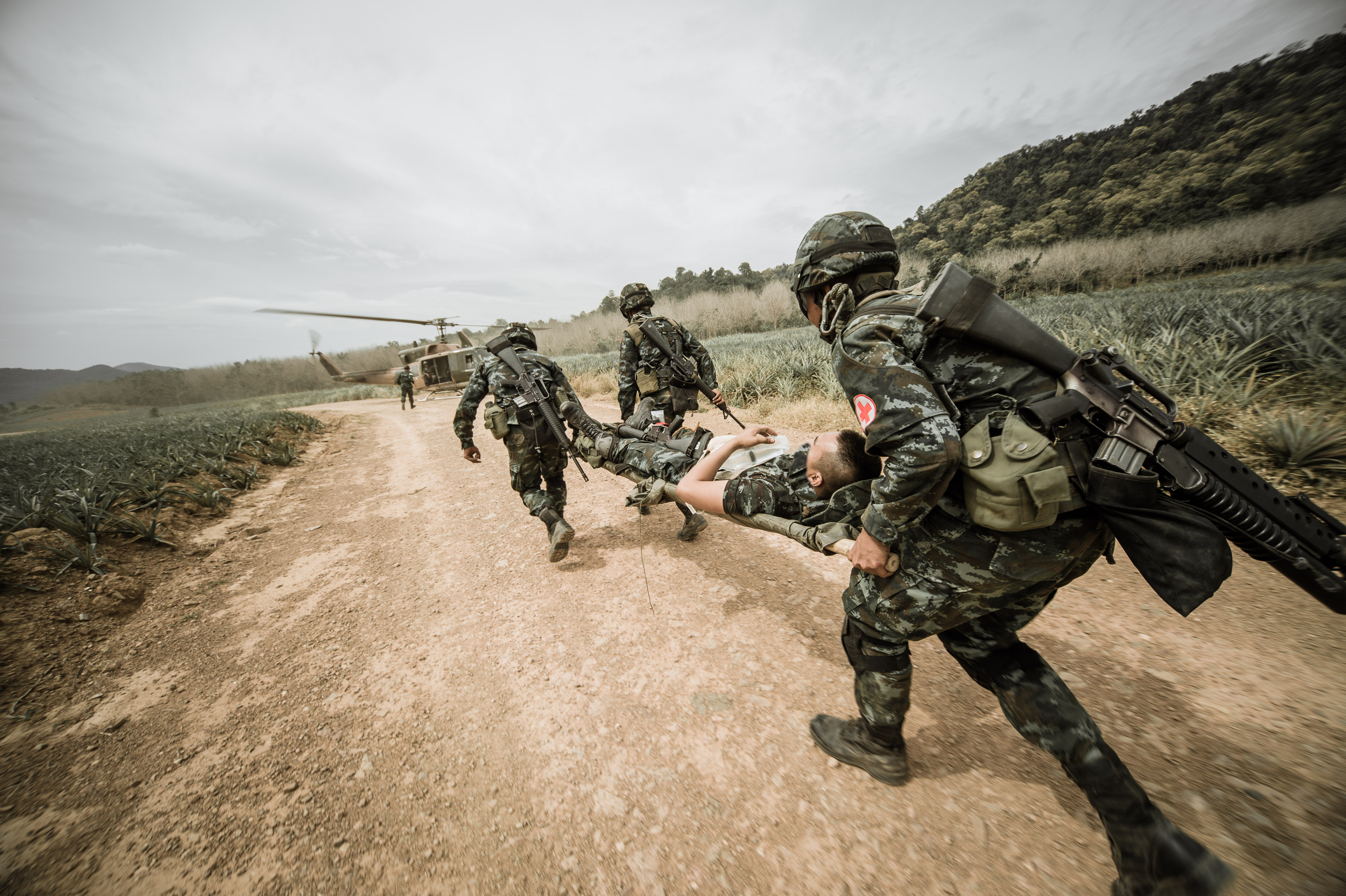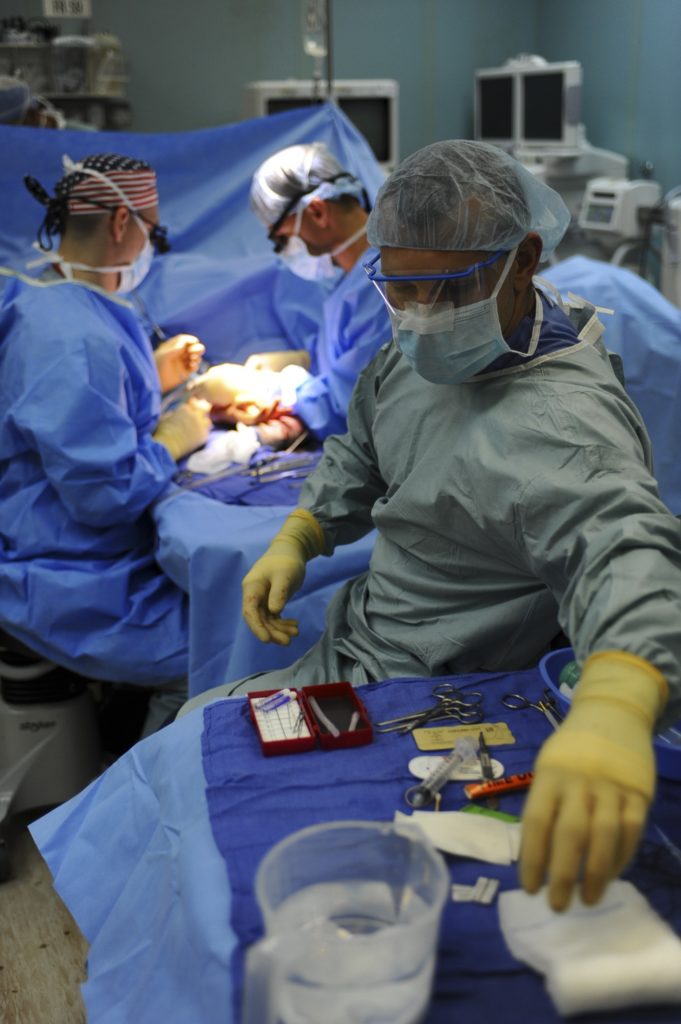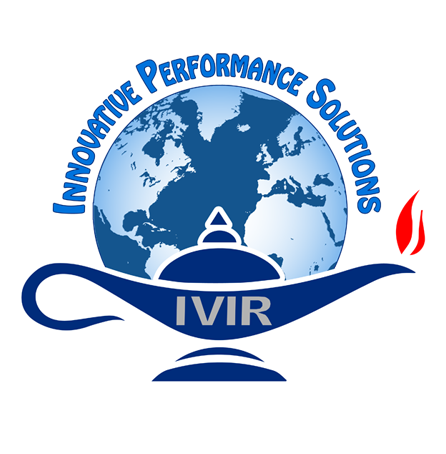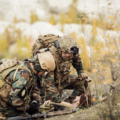
Prototype of Joint Evacuation and Transport Simulation (JETS) System
The intra-theater transport system is a unique and significant part of the Force Health Protection concept for “clearing the battlefield”. Medical evacuation is the timely, efficient movement and en route care of patients by medical personnel from the battlefield and/or medical facilities, to higher echelons of care during the full spectrum of military operations. En route care is designed to be part of the continuum of care that incorporates the delivery of “Damage Control Resuscitation”, the initiation of life-saving interventions and resuscitation. The goal is to provide every patient who is injured on the battlefield, or in the area of responsibility (AOR), the optimal opportunity for survival and the maximum potential for a functional recovery.
Sponsor:
Medical Technology Enterprise Consortium (MTEC)Award Date:
January, 2018Contract #:
W81XWH-15-9-0001Status:
Delivered
JETS Continued
Transitions in care, or handoffs, have long been considered danger points in the patient care process, contributing to medical errors and adverse events. Communication breakdowns, decreased situational awareness, absent or non-effective training, and lack of resources are common threats to patient safety. Training the process for patient handoffs is often not conducted, or is inadequate.
Using Live, Virtual, Constructive and Gaming (LVCG) simulations to train and study joint evacuation and transport should map the integration of service-specific, cross-cutting operational sub-system components, including but not limited to the functions of inter-service qualifications, communication, mission planning, mission rehearsal, en route care, patient movement, command and control, and logistics and their associated operational supporting sub-systems for training and assessment.
Data exchange mechanisms in medical simulation represent a significant gap in the translation of clinical conditions from the real world to a virtual patient. Therefore, standards for data transmission for medical simulation training must be established.
A standardized Federated Object Model (FOM) has proven to be a viable vehicle for prior interoperability in other operational simulation domains and will be utilized in this effort as a proof of concept implementation strategy for the architecture. In order to accommodate changing (DHA) needs and the evolving technologies that support them, the Joint Evacuation and Transport Simulation (JETS) operational architecture will need to include standards-based interfaces, while still supporting the integration of legacy systems.
The system framework provides the structural basis for simulation inoperability and the specifications of a common technical architecture for use across all classes of simulation. The purpose of the standard is interoperability and reuse, in support of training, analysis, test and experimentation and concept development. The focus is reusing and combining existing and delivering new capabilities in a systemic approach, with the need to replace current systems, allowing not only forward, but backward compatibility. The framework does not impose constraints on what is represented in the simulation systems (federates) or how it is represented but will require that all federates incorporate specified capabilities to allow the objects in the simulation to interact with objects in other simulations through the RTI.
The intent was to design an architecture that integrates existing LVCG simulations into one cohesive system of systems for joint en route care training. The architecture focuses on communication between the providers, en route care, patient movement, patient handoffs, transfers, and logistics. The focus on open architecture and robust standards allows for all subsystems, such as simulation devices, mission planning, rehearsal components, and inter-component qualification systems, to integrate with the architecture. This allows the systems and devices to integrate with each other while avoiding the need to develop specific integration strategies between them. The architecture accounts for all necessary training and simulation data and is expandable to cover future training needs.
Abstract
Phase 1 Abstract: This Phase 1 effort focused on creating prototype knowledge products that will interoperate and integrate with future programs within MSE. Designs for an overarching architecture, including a common, objective, and engineering-oriented lexicon, along with a governance strategy, a definition of shared services, and application programming interfaces (APIs) for interoperability were produced. A collection of architecture views was developed and presented for possible integration into the JETS Capabilities Development (CDD).
Phase II Abstract: Phase II of the program focused on Point of Injury Training System (POINTS) architecture, the second system within the overarching Medical Simulation Enterprise (MSE), System of Systems. Phase II includes additional front end research and updated DoDAF views for both the JETS and POINTS architectures. Phase II also includes a preliminary Medical Modeling and Simulation Federation Object Model (MMS FOM).





